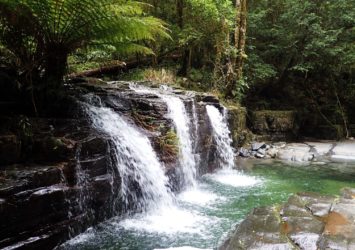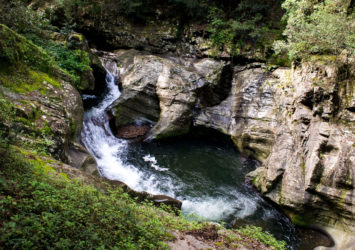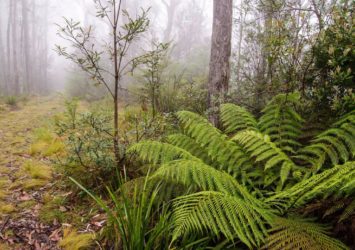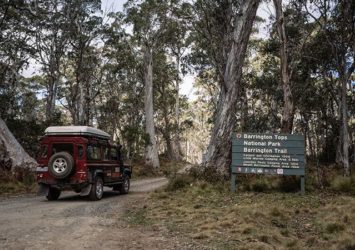The forests and rocks of Barrington Tops are from the primordial history of our planet, with an ancient volcano, gold and rubies.
The Gondwana forests of Barrington Tops are well-known for their extraordinary endurance, a relic of the Earth’s primordial history that earned the region UNESCO’s World Heritage status in 1996. But the rocks of Barrington Tops date from 410 million years ago!

Why is Barrington Tops so special?
The Gondwana Rainforests of Australia include the most extensive areas of subtropical rainforest in the world, extending from south-east of Queensland to Barrington Tops northwest of Newcastle. In 1996 these Australian rainforests were admitted to UNESCO’s World Heritage list. This means these forests thriving with plants and wildlife are an outstanding example of the major stages of Earth’s evolution.
Ancient volcanoes formed the mountains we know today at Barrington Tops, Wollumbin (Mt Warning) and Ebor Falls. These Gondwana Rainforests are home to plants dating back 300-400 million years. More than 270 threatened plant and animal species can be found in the Gondwana Rainforests. Many plants and animals located in these rainforests are entirely unique to the area.
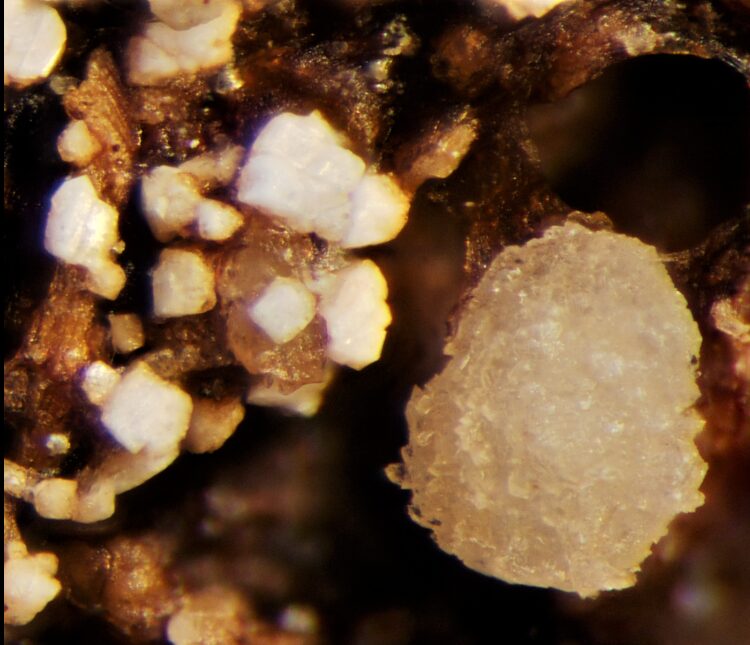
How old are the rocks of Barrington Tops?
The oldest rocks in Barrington Tops are Devonian-Carboniferous Period (410-290 million years old) sedimentary rocks of various lithologies (siltsones, mudstones, minor conglomerates and limestones), with the Bowman Beds of the north-east being the most ancient. Together these old rocks outcrop extensively in the valleys.
During the Permian Period (290-250 million years ago), granitic magma was intruded into the sediments resulting in a relatively low relief with a number of granite hills rising above.
During the Tertiary Period (44-55 million years ago) there was volcanic activity at Mount Barrington and Mount Royal. The steep-sided straight valleys that are up to 1000 meters deep, with narrow ridges and marked scarps and benching along the Barrington Massif resulted from erosion following this volcanic activity.
Associated with the Barrington volcano was the formation of gemstones (ruby, sapphire and zircon) which occur in alluvial deposits. Barrington Tops contains the largest commercial ruby deposit in Australia.
The Barrington Tops basalts contain the only location for the mineral barringtonite (specifically a hydrous magnesium carbonate) , and the only recorded locality in NSW for the rare zeolite, cowlesite.
However, the main mineralisation in the area was gold, particularly in the Upper Hunter and Copeland-Barrington areas.
NB. Fossicking is not permitted in national parks & state conservation areas however you fossick within the state forests of Barrington Tops if you have a permit from NSW Forestry Corporation
(Source: Barrington Tops National Park, Mount Royal National Park, and Barrington Tops State Conservation Area Plan of Management, p18. Published by NSW National Parks and Wildlife Service, September 2010.)


